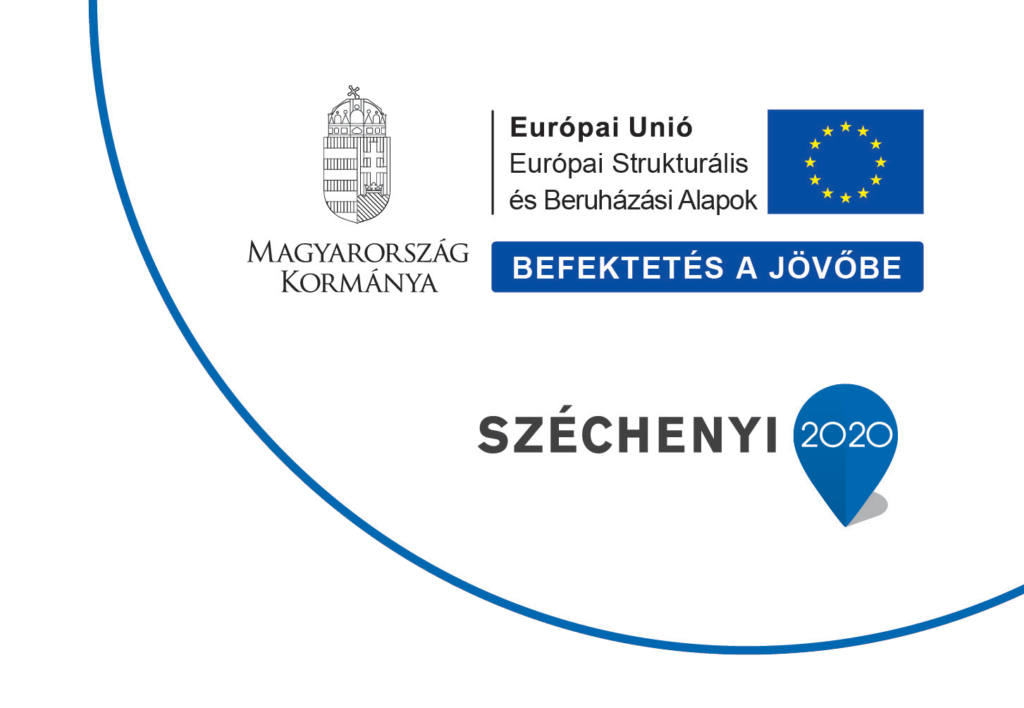Létavértes City
Létavértes came into existence on July 1970. through the
union of the villages Nagyléta and Vértes.
The
number of inhabitants is 7320. Trough the name of the
settlement is first mentioned in written relics only in the 13th
century, the region had been inhabited as early as the Neolithic
Age, according to the analisys of random archaeological finds.
The settlement had underwent a lot through the centuries,
it was almost entirely destroyed several times. However, its residents have always had the strength for resumption.
Nagyléta
was a market town betwen 1712-1871. Irinyi family
lived here: János Irinyi, the inventor of the noiselessly ignitable
match and József Irinyi, a famous figure, who participated in
the events that lead to the outbreak of the war of independence on
March 15, 1848, both the sons of the excellent overseer, János
Irinyi Senior.
Owing to the Peace Treaty of Trianon (in 1920), the
residents have lost 40 % of their agricultural lands and the formerly close connections Nagyvárad were broken.
The settlement was the seat of the distict council between
1928 and 1955. The only water-slaughterhouse built upon living watwer can be found in Létavértes.
The outhouses in the vineyards are spectacular relics of
folkarchitecture. In the Country Museum in the enclosed yard, tradicional appliances of vine-culture and wine-growing are
displayed.
The intradicionally arrenged iconostasis of the Greek
Catholic church is worth mentioning, as well as the monument of the victims of the First and Second Word War in the mai
square.
Nort of the settlement there is a nature reserve
("Egyhajúvirág") the Piremon Leisure Centre offers walks and horse trips.
Owing
to consistent iprovement, the town has a
well-dfeveloped infrastructure. Many institutions of the town perform
regional tasks. Létavértes is the centre of the Association
of Local Authorities in Erdospuszta, an organization incorporating
ten settlements.
Létavértes has been given back the title of town on July
1996.
